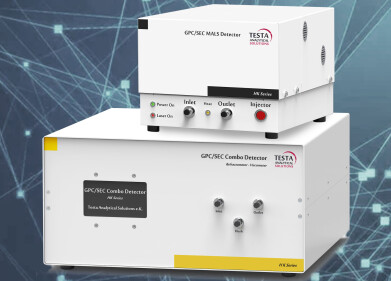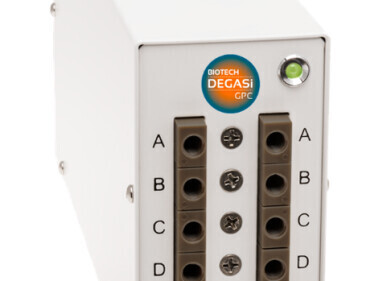Size Exclusion, Gel Permeation Chromatography (GPC)
Fighting Dementia
Jan 05 2016
One of the most distressing illnesses that people encounter is when someone we know or love succumbs to dementia. Dementia is a term that covers a multitude of conditions that occur when the brain is affected by a disease or condition that causes a change in the person’s behaviour or physical abilities. In the UK, the Alzheimer’s Society estimate that 850,000 people had some form of dementia in 2015, and although it predominantly affects older people — 40,000 younger people also suffer with dementia.
Types of dementia
There are different types of dementia — with their names often reflecting the source of the condition causing the dementia:
- Vascular dementia. Often follows a stroke when the oxygen supply to the brain fails and cell damage is caused.
- CJD or Creutzfeldt-Jakob disease. Dementia is often the result when prions (rogue proteins) attack the brain, CJD is a well-known prion disease which hit the headlines during the BSE or mad cow disease.
- Alzheimer’s disease. The disease alters the brain’s physical structure which causes brain cells to die. It is the most common form of dementia in the UK.
Monomer into polymer
A recent study published in Nature Communications has suggested a research opportunity to try and halt the changes in brain chemistry that lead to Alzheimer’s disease patients suffering a slow neurological decline. The team, led by YoungSoo Kim at the Brain Science Institute at the Korea Institute of Science and Technology, investigated the effect a small molecule known as EPPS had on the plaques that form in the brains of Alzheimer’s patients.
One of the key findings in Alzheimer patients are the protein plaques that form in clumps in the brain. The plaques are formed when amyloid-β (Aβ) monomers transition into oligomers and plaques. Research has shown that there is a correlation between the concentration of Aβ plaques and the level of neurodegeneration in Alzheimer patients. So reducing the quantity of Aβ plaques could reduce the symptoms of dementia sufferers.
4-(2-hydroxyethyl)-1-piperazinepropanesulphonic acid (EPPS)
The current drug treatments for Alzheimer’s disease work on stopping the plaques forming or slowing down the development of symptoms. But amyloid plaques starts to develop many years before dementia symptoms present themselves — and so a method to remove these existing plaques might help to reduce the symptoms of Alzheimer disease.
The team from the Brain Science Institute used EPPS to breakdown plaque in mice. Since EPPS is a small molecule, it can cross the blood-brain barrier and can be delivered orally. In the study the team added the drug to drinking water and monitored the breakdown of plaque in the brains of mice using size exclusion chromatography (SEC). SEC is a commonly used technique when studying proteins as discussed in the article, Protein Applications for Advanced Multi-Detector Size-Exclusion Chromatography.
Although there is a long way to go, and the full implications of the study are not known, it could be a small step to reducing the terrifying symptoms of one form of dementia.
Image from thebluediamondgallery.com
Digital Edition
Chromatography Today - Buyers' Guide 2022
October 2023
In This Edition Modern & Practical Applications - Accelerating ADC Development with Mass Spectrometry - Implementing High-Resolution Ion Mobility into Peptide Mapping Workflows Chromatogr...
View all digital editions
Events
ACS National Meeting - Fall 2024
Aug 18 2024 Denver, CO, USA
Sep 04 2024 Chiba, Tokyo, Japan
Sep 04 2024 University of Warwick, Coventry, UK
Sep 10 2024 Rockville, MD, USA
Plastics Recycling World Expo Europe
Sep 11 2024 Brussels, Belgium














